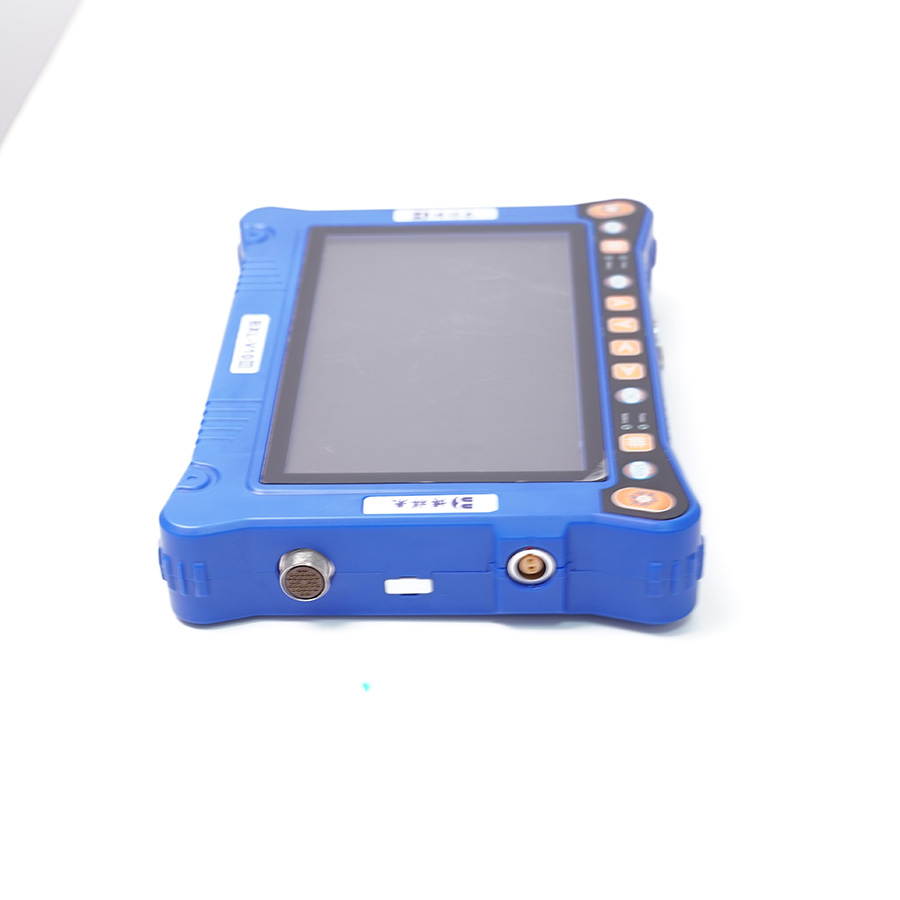What are the benefits of using a curved linear probe on a cow ultrasound machine?

1. Compared with straightness, the curved linear probe of the B-ultrasound machine for cattle is easier to come into contact with curved linearity. In order to obtain good images through ultrasound, you need to maintain good contact between the surface of the transducer that emits sound waves and the tissue in contact with it (in the case of cattle reproduction, it is the rectal wall). Sound waves cannot pass through feces or air well and can produce very poor images on the screen. Curved linear sensors have smaller surfaces and generate sound waves, so there is less space for interference or poor contact. Another thing is that the conductive surface is located at the end of the transducer, which makes it easier to press into the rectal wall. All you need to do is point, not linearly, which requires a wider/flatter push to maintain contact with the rectal wall. I have found that this is the most important for people who are just starting to learn. They have difficulty obtaining good contact between the rectal wall and linear sensors, resulting in very poor images. If you can't see what you're looking at, it's difficult to learn. The ease of obtaining good contact also makes the strain on the scanning person's arm much smaller.
2. If you progress to the skill combination of male and female fetuses, use a B-ultrasound machine to bend a linear probe. The gender of the fetus depends on its orientation. You need to see certain structures related to other structures (genital nodules or genitals) in order to confidently determine the gender of the fetus. To achieve this, you need to be able to change the position of the fetus to obtain these images, unless you are very lucky and the fetus is always in the correct position. In this case, you need to quickly book a flight to Las Vegas and start playing slot machines. But for most of us, this is not the case, we will find that the fetus is in a position that is not suitable for determining gender. To change the position of this fetus, a linear sensor needs to be used for vigorous hand movements, but using curved linearity is just a simple distortion of the sensor because sound waves are emitted from the end. By using curve linearity, you will be able to obtain the desired position faster and reduce arm strain.
3. If you are a mixed animal veterinary practice, you only need one sensor. Due to the fact that the curved linear probe of the B-ultrasound machine is preferred for any abdominal work, you only need to purchase one sensor, saving thousands of dollars for your practice.
The final consideration when choosing a transducer is the megahertz (MHz) of the transducer. Megahertz is basically the frequency of sound waves and determines the depth of scanning objects. The sales range of most sensors is 2-15 MHz, and lower quantities can penetrate deeper/more deeply. From a historical perspective, cattle breeding mostly uses 5 MHz, but having a choice is good. If you are scanning a very deep uterus and cannot reach the fetus of a cow, using a lower MHz transducer that can give you a few inches of distance is great. In the past, if you wanted to change your megahertz, you would have had to purchase another sensor, but now the sensors they manufacture can continuously scan within the megahertz range. These are called broadband sensors, which allow you to immediately change the depth to be scanned. When using ultrasound, these are currently the best choices. Ensure that the megahertz range is within the range you want to scan.
tags: cow ultrasound machineB-ultrasound machine


